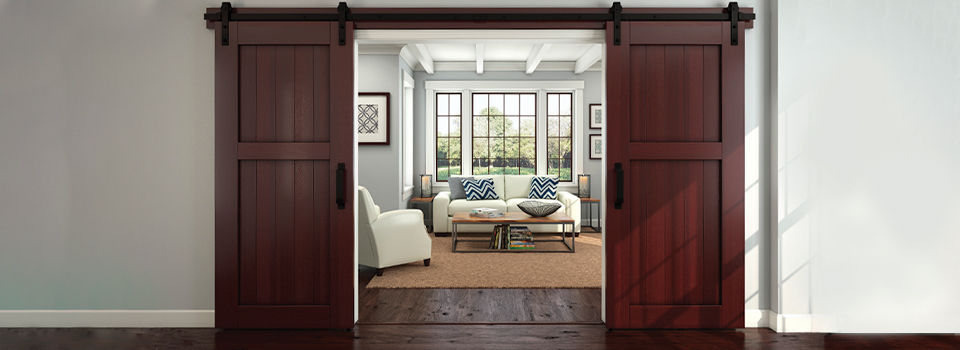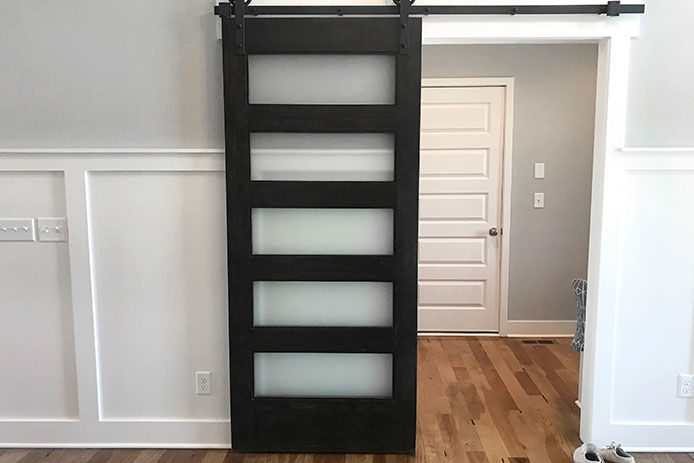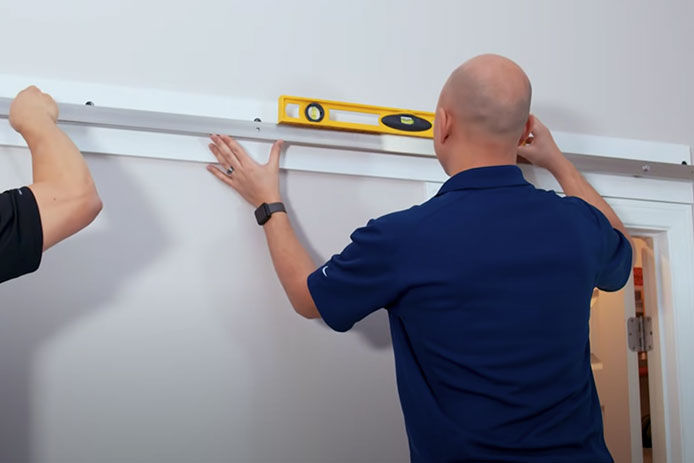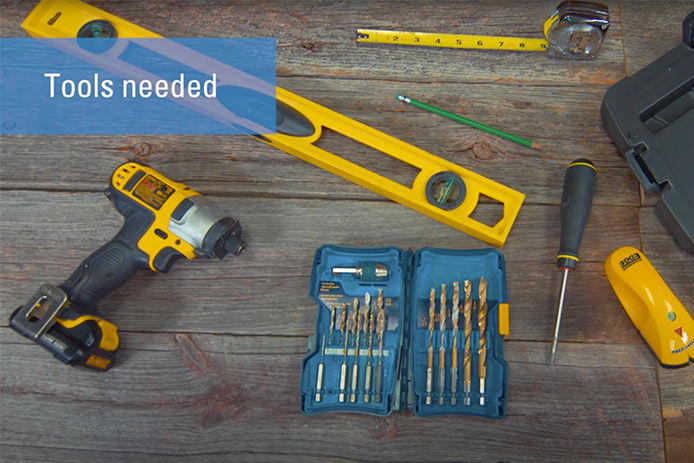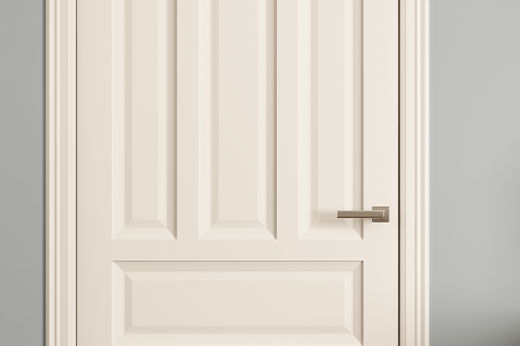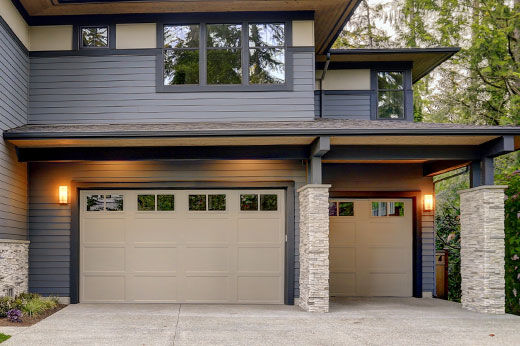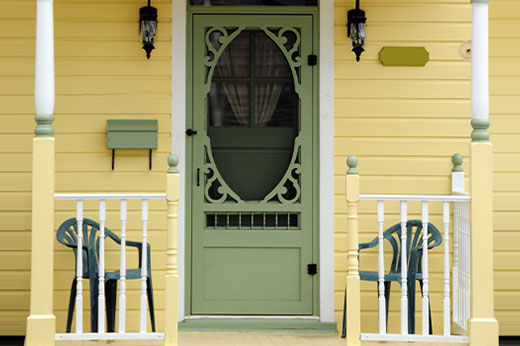1. Measure the Door Opening
To start installing a sliding barn door, you’ll first need to measure the door. Measure the height and width of the door opening. If your door has a frame, you’ll want to measure both the inside and outside parts of the frame. Ensure your sliding door is the right size. The sliding door should sit about two inches beyond the door opening on either side. You’ll also want to ensure that there are no obstructions on either side, like switch plates, so you can open the door fully.
2. Install the Header Board
If you are unsure of the space, use a stud finder to locate the wall studs on either side of the door opening—this is where you’ll want to install the header board to ensure that it’s secure. The header board should be the same length as the track. You’ll need to use a level to hang the header board straight. It helps to mark the wall with a pencil, so you are sure it’s exactly as you want it. Secure the header board into the wall studs using a drill and wood screws. You may want to fill and paint over the screws for a seamless look.
3. Install the Track
The next step is installing the track. Do not install the track directly into the drywall. You must install the track on the header board. You’ll need to center the track on the header board. Mark the non-slotted hole on one end of the track. Drill the screw holes and use the fasteners in the kit to secure it. Keep the track level and repeat the process on the other end of the track.
If you are using a single floor guide, you will need to prepare the door in step 3. Mortise a groove along the bottom of the door using a router. If you are using a double floor guide, you will not need to install a groove.
4. Install Sliding Door Hangers
Use the template included in your sliding barn door kit. Align the template with the front and top edges of the door. Mark the holes and repeat on the other end of the door. Measure to ensure that the distance from the door edge is the same on both sides. Using a drill, drill the screw holes into the door. Use the appropriate length screws for your door and affix the fasteners and hangers.
5. Install Anti-Jump Discs
Center the anti-jump discs along the top edge of the door, 2” from the inside edge of the door hanger. The hole should be closest to the front of the door. Repeat on the opposite end of the door.
6. Secure the Barn Door onto the Track
From there, it’s a matter of installing the sliding barn door onto the track. Test to see that the door opens evenly and smoothly. Use your level to check the door.
7. Install Doorstops
Slide the barn door closed, then slide the door stop onto the track against the hanger. Tighten the screws to secure the doorstop in place. Slide the door open and install the second door stop, repeating the process.
In addition to their powerful visual appeal, sliding barn doors are easy to install. The doors are amazingly versatile in color, size, and style. Sliding barn doors are an effective way to partition off two larger rooms and are an ideal feature for suggesting special separation.
Hanging a decorative interior sliding door is easy with a National Hardware sliding door kit. Follow the instructions in the kit to DIY a sliding barn door anywhere in your home. Interior sliding doors help you save space and create custom looks in almost any home.
